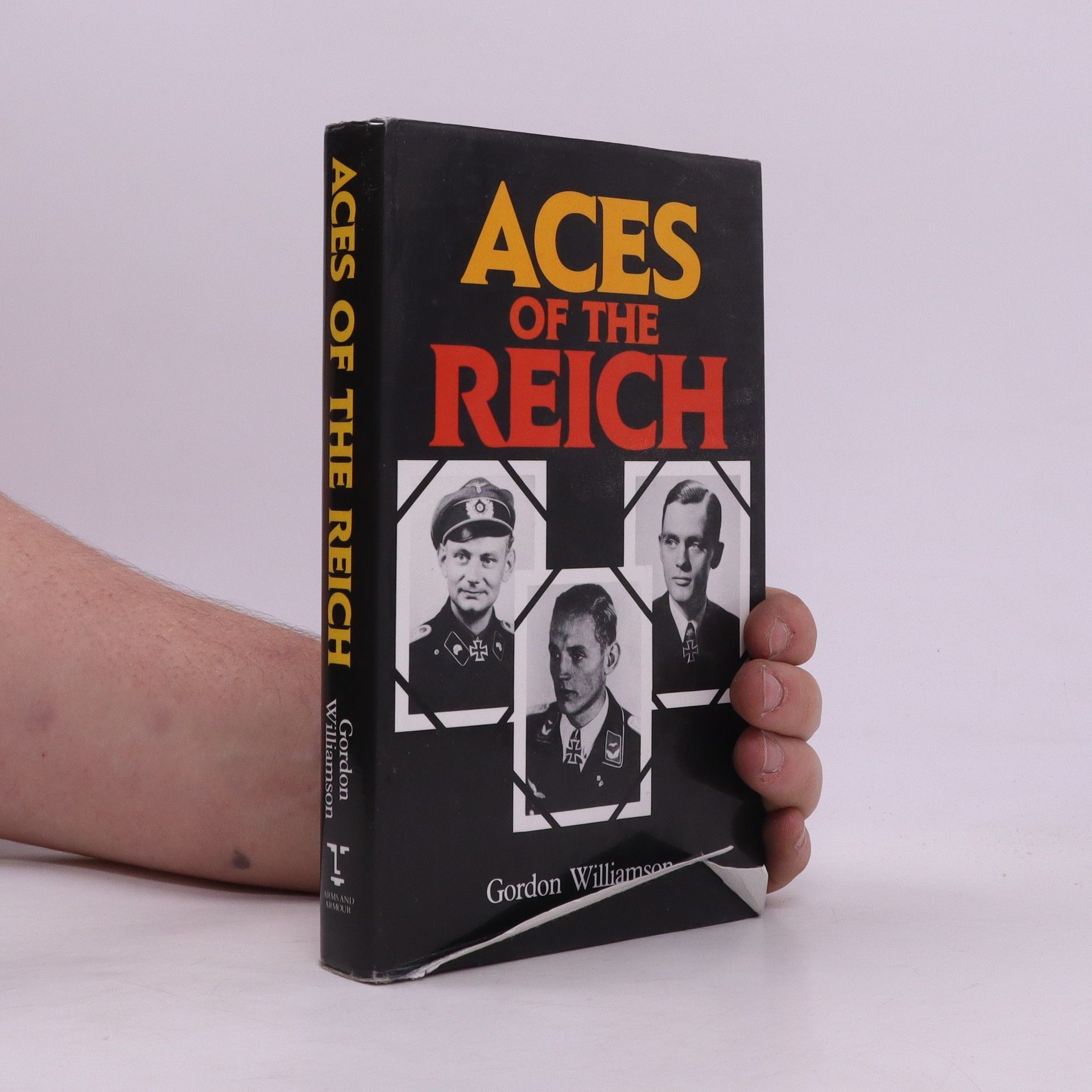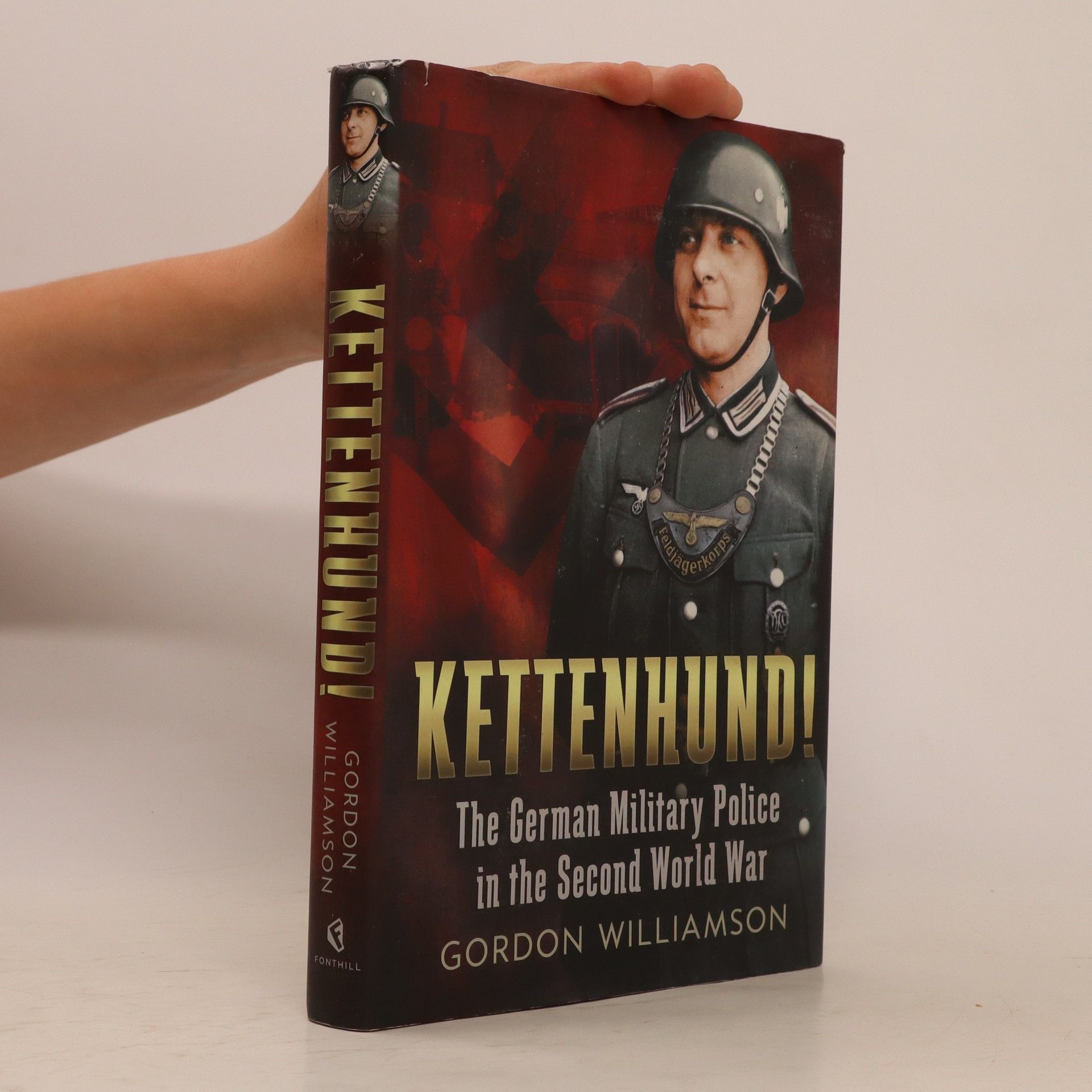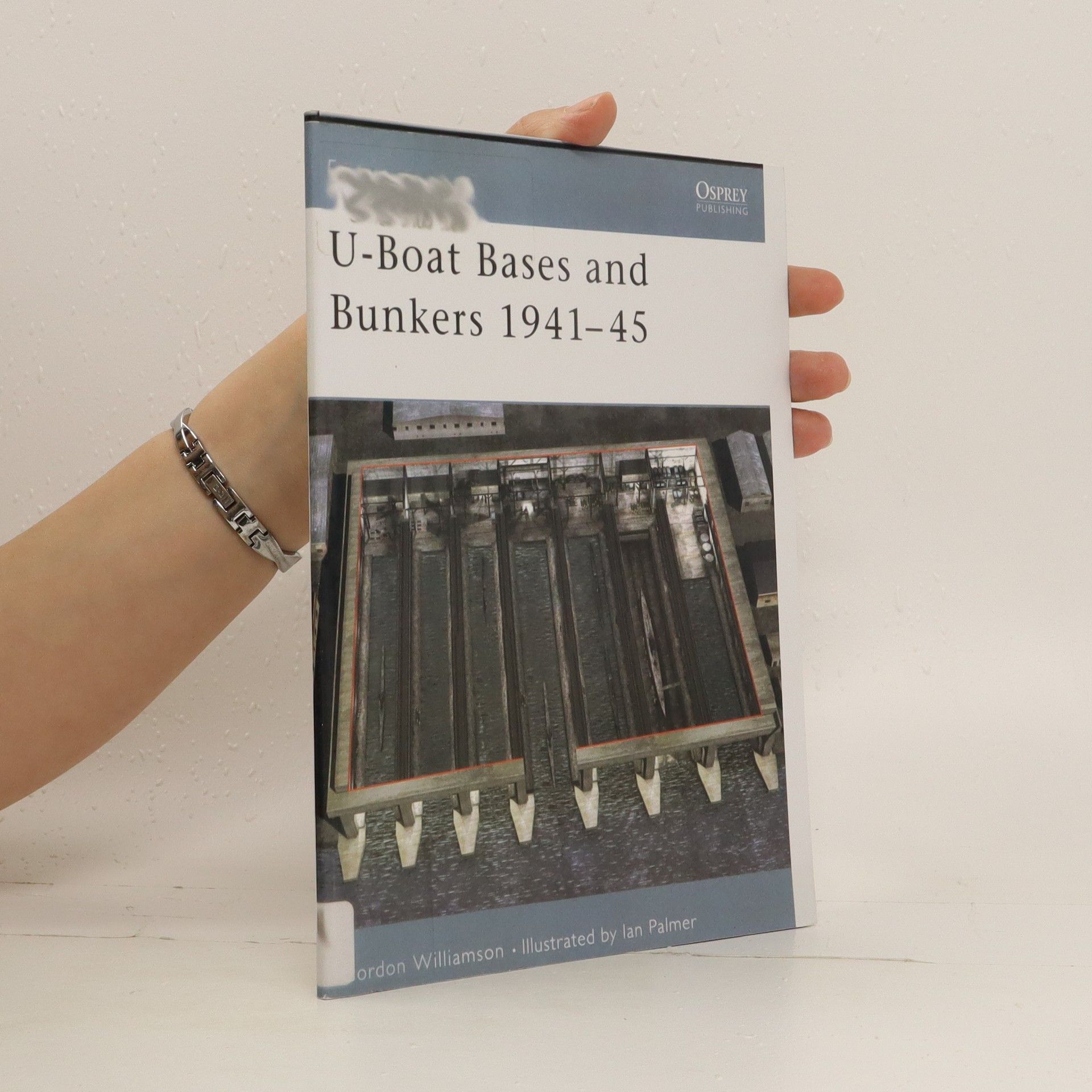A unique collection of items that between them reveal the story and development of the German U-boat service during the Second World War
Gordon Williamson Books






In almost every army in the world, the military police rank amongst those who are least liked by other soldiers despite the essential duties that they carry out, often being amongst the first in and last out in any theatre of war. In the German armed forces, opinions of the military police were those of fear and distrust, so great were the powers held by these troops. Germany created a plethora of different branches of what were termed 'Ordnungstruppe' ('Troops for Maintaining Order'). Many wore a distinctive metal plate around the neck, leading to their nickname 'Kettenhund' or 'Chain Dogs'. Despite being involved in the brutal treatment of partisans, their skills were so much appreciated by the Allies that on Germany's surrender, Wehrmacht military police units were allowed to remain in post to assist in controlling the vast number of disarmed German troops. Supplemented with previously unpublished photographs, Kettenhund! - The German Military Police in the Second World provides a detailed study of the organisation of these units and the distinctive uniforms and insignia they wore.
A complete illustrated study of the German Kriegsmarine throughout World War II. Hamstrung at first by the terms of the Treaty of Versailles, during the 1930s, the German Navy underwent a program of rearmament in defiance of the restrictions, building modern warships under limitations which forced technological innovation. Submarines were strictly prohibited by the treaty, and yet, following years of covert development, they became one of the Kriegsmarine's most deadly weapons. Blooded in the Spanish Civil War, the surface ships of the Kriegsmarine went on to play a crucial role in the opening salvoes of World War II during the invasions of Poland and Norway, although serious losses here set back plans for the invasion of Britain, and by the end of the war, only a handful of surface vessels remained to be divided up among the Allies. From the beginning of the war, but especially after the fall of France, the dreaded and extraordinarily successful U-boats stalked the Atlantic, threatening vital British shipping convoys and choking off the lifeline of munitions and supply from the US. Once Italy and Japan entered the war, German naval operations expanded to the Mediterranean and the Indian Ocean. This highly illustrated volume is a comprehensive study of the German Navy throughout the war, from pocket battleships to torpedo boats.
Gebirgsjager: German Mountain Trooper 1939-45
- 64 pages
- 3 hours of reading
Few branches of the German armed forces were represented on so many fronts as the mountain infantrymen, or Gebirgstruppen. From the Blitzkrieg campaigns of 1940, through the invasions of the Balkans and Russia and the North African campaign, to the defence of the Reich 1944-45, the Gebirgsjäger earned a reputation for reliability and courage. Typically each trooper was a supremely fit individual: the need to cover difficult terrain in full kit, without the back-up of a motorised baggage train, demanded this. This new volume examines the recruitment, training, and combat experiences of the common Gebirgsjäger.
Initially a handful of men acting as Adolf Hitler's personal bodyguard, the SS - meaning protection squad - eventually became a multi-headed beast with many responsibilities. This is a history of this organization, offering an account of Hitler's private army, a cornerstone of the Third Reich.
Germany was well-served in World War II by her Navy's smaller vessels, in particular the U-boats and the S-boats. Known to the Allies as "E-boats" (E being indicative of "Enemy"), this volume examines the sterling duties and achievements of the E-boats.
This work takes a look at the formidable U-boat bases and bunkers built on the French coast in Norway and Germany, and also focuses on the huge "Valentin" factory complex at Bremen, which manufactured the new type XXI electro-boats.
E-Boat vs MTB
- 80 pages
- 3 hours of reading
During WWII, German E-Boats were so active in the English Channel that the narrow stretch of water became known as 'E-Boat Alley'. To counter the threat of these E-Boats, Britain brought its coastal forces to bear - flotillas of small Motor Torpedo and Gun Boats (MTBs and MGBs) and Motor Launches (MLs). As the Germans sought to maintain their supremacy in Channel waters, they continued to develop their E-Boat designs to accommodate more armor and more firepower. Rather than matching the newer E-Boats for armament, the British developed several types to fulfill the varied roles for which the Kriegsmarine were attempting to use the E-Boat. This book details this developing conflict, examining the evolution of the boats involved, and covering the their battles from fights in the Thames estuary to the build-up for D-Day.

